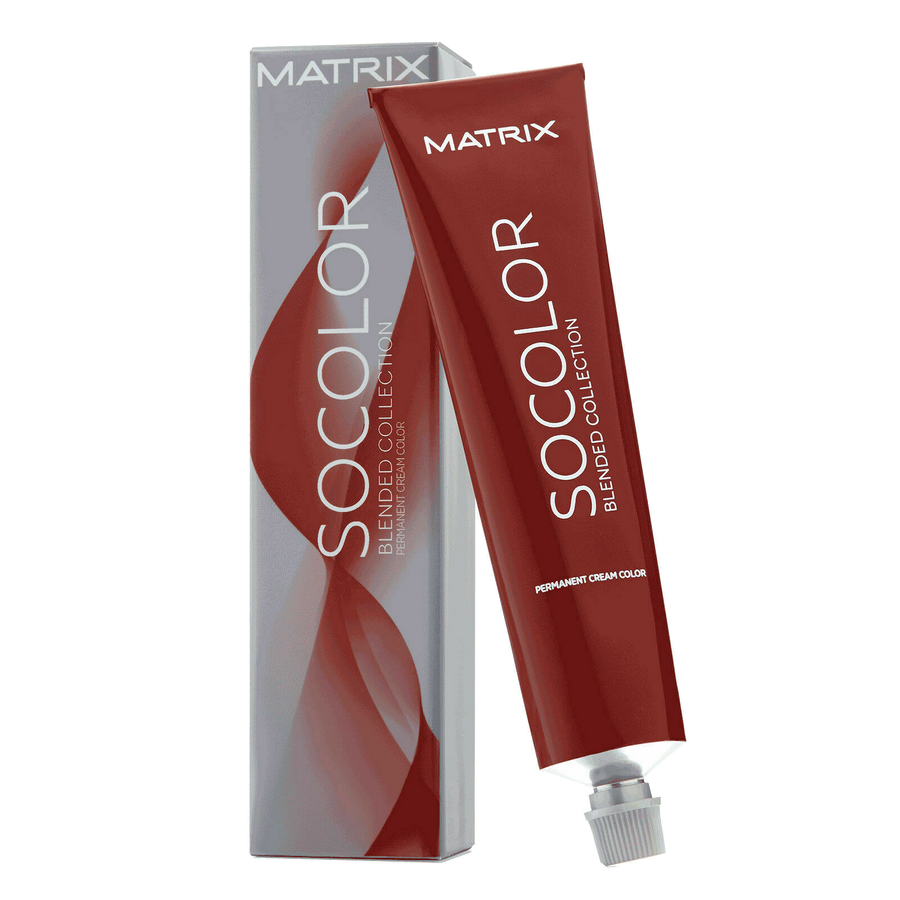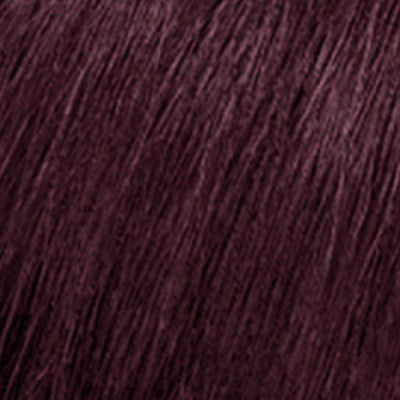Top Ways to Protect Hair from Heat Damage
Using heat styling tools like blow dryers, straighteners, and curling irons can help you achieve stylish and polished looks. However, these tools can also cause significant damage to your hair if not used correctly. Over time, excessive heat exposure can lead to dryness, breakage, and split ends, making it crucial to take proper steps to protect your hair from heat damage.
I often found myself struggling with frizzy, brittle hair and realized it was because of the way I was using heat tools. That’s when I started learning about how heat affects hair and the best ways to minimize damage. For example, did you know that using a heat protectant spray can significantly reduce the risk of damage? Understanding these little tips can make a huge difference in maintaining healthy hair.
In this article, I will share detailed information about heat damage, essential preventative measures, heat-free styling alternatives, and how to care for hair that's already been exposed to heat. These tips will help you keep your hair healthy, strong, and beautiful, even if you love using heat styling tools. Let’s dive in and learn how to protect our hair from heat damage effectively.
Understanding Heat Damage and Its Effects on Hair
Heat damage occurs when hair is exposed to high temperatures from styling tools like flat irons, curling irons, and blow dryers. These high temperatures can strip the hair of its natural moisture, weaken the hair shaft, and cause the hair cuticle to crack, leading to dry, brittle, and frizzy hair. Over time, repeated exposure to heat can result in split ends, breakage, and a loss of the hair’s natural shine and elasticity.
When hair is heated to extreme temperatures, the water inside the hair shaft can boil, creating tiny bubbles within the hair. This process, known as "bubble hair," weakens the structure of the hair, making it prone to breakage. Additionally, the hair cuticle, which protects the inner layers of the hair, can become damaged and lifted, reducing the hair's ability to retain moisture and making it more susceptible to environmental stresses. Understanding these effects highlights the importance of taking steps to protect your hair from heat damage and maintain its health and strength.
Essential Tips for Preventing Heat Damage
- Use Heat Protectant Sprays: Always apply a heat protectant spray before using any heat styling tools. These sprays form a protective barrier around the hair shaft, reducing the amount of direct heat that penetrates the hair.
- Set Tools to the Correct Temperature: Avoid using the highest temperature setting on your styling tools. For fine or damaged hair, keep the temperature below 150°C (300°F). For thicker or coarse hair, try to stay below 200°C (400°F).
- Limit Heat Usage: Try not to use heat styling tools every day. Give your hair a break by opting for heat-free hairstyles on some days. The less frequently you use heat, the healthier your hair will be.
- Keep Hair Moisturized: Well-moisturized hair is less likely to suffer from heat damage. Use deep conditioning treatments and hair masks regularly to keep your hair hydrated.
- Use High-Quality Styling Tools: Invest in styling tools with ceramic plates or tourmaline technology. These materials distribute heat more evenly and are less damaging to the hair compared to metal plates.
- Dry Hair Thoroughly: Before using any heat tools, make sure your hair is completely dry. Using heat on wet hair can cause rapid moisture loss and increased damage.
- Section Your Hair: When styling, divide your hair into sections. This ensures that you don't need to pass the heat tool over the same section multiple times, reducing exposure to high temperatures.
By following these tips, you can significantly reduce the risk of heat damage and maintain healthier, stronger hair. Consistent protection and mindful use of heat tools are key to preventing damage and keeping your hair in optimal condition.
Heat-Free Styling Alternatives
Heat-free styling techniques are fantastic options for achieving great looks without damaging your hair. One popular method is braiding your hair while it is damp and leaving it to dry naturally. When you take out the braids, you will have beautiful, natural waves. This technique is simple and doesn’t require any heat.
Another effective method is using hair rollers or curling rods. You can wrap sections of your damp hair around the rollers and secure them. Let your hair air dry, and once you remove the rollers, you will have soft, bouncy curls. For straight looks, try the wrap method, which involves wrapping your damp hair around your head and securing it with bobby pins. This technique straightens your hair without heat.
You can also use headbands or hair ties for heat-free styling. For instance, twist sections of your damp hair around a headband or use hair scrunchies to create loose waves. These methods are gentle on the hair and can be done overnight for a hassle-free morning routine.
Post-Heat Care for Damaged Hair
Caring for hair that has already been exposed to heat involves a few important steps to repair and restore its health. Start with a deep conditioning treatment to replenish lost moisture. Look for conditioners with ingredients like keratin, argan oil, and natural extracts. Apply the conditioner to your damp hair, focusing on the ends, and leave it in for at least 15-20 minutes before rinsing it out.
Use a wide-tooth comb to detangle your hair while it is still damp gently. Avoid pulling or tugging, as weakened hair is more prone to breakage. Following that, apply a leave-in conditioner or a hydrating hair serum. These products add an extra layer of moisture and protection. Use a small amount and distribute it evenly through your hair with your fingertips.
Incorporate a weekly hair mask into your routine. Hair masks are more intensive than regular conditioners and provide deeper hydration and repair. Choose one that addresses your specific hair concerns, whether it’s dryness, frizz, or breakage. Additionally, trim your hair every six to eight weeks to remove split ends and promote healthy growth.
Conclusion
Heat damage can take a toll on your hair, but with the right knowledge and care, you can protect and maintain your hair’s health and beauty. From understanding what heat damage is to preventing it and exploring heat-free styling alternatives, there are many ways to keep your hair looking its best. And if your hair has already suffered from heat damage, adopting restorative care practices can help bring it back to life.
I’ve shared tips and techniques to help you avoid heat damage and care for your hair effectively. By making mindful choices and incorporating these into your hair care routine, you can enjoy beautiful, healthy hair without the negative effects of heat.
At Smooth & Charming, we offer a variety of hair care products that can support your journey to healthier hair. Explore our selection today to find the perfect products for protecting and nourishing your hair. Start taking better care of your hair now and see the difference it makes.




